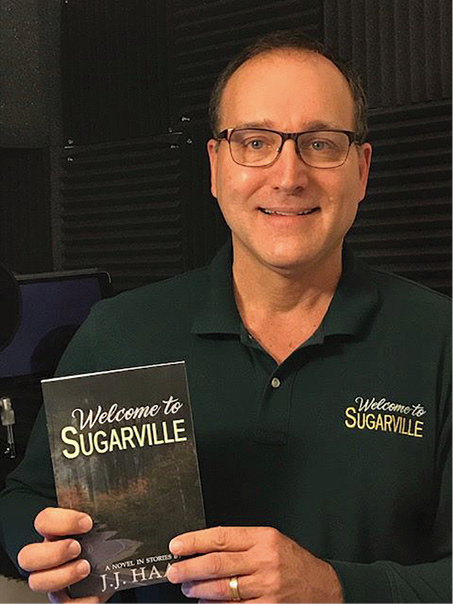By J. J. Haas | STC Fellow
I’ve been a technical writer and a creative writer most of my life, and I’ve spent a good deal of time thinking about my Jekyll-and-Hyde existence. Kurt Vonnegut once wrote, “Newspaper reporters and technical writers are trained to reveal almost nothing about themselves in their writings,” and that’s certainly a distinction. But I think it’s worth taking the time to discuss the similarities and differences between these two prose styles in more depth to gain a better understanding of them both.
Technical writing is considered nonfiction, a subgenre of prose that emphasizes fact. Technical writers typically employ an explicit or implicit second-person point of view (“you”) to help the reader accomplish a discrete task by following a procedure consisting of a series of steps. Technical writing is not considered creative writing, but that’s not to say that technical writers cannot be creative on the job.

Most creative writing falls into the category of fiction, a subgenre of prose that emphasizes the imagination. Creative writers typically employ an explicit third-person point of view (“he”) or first-person point of view (“I”) to help the reader engage with the story, empathize with its characters, and attain an emotional catharsis by the end. Creative writing is not considered technical writing, but that’s not to say that creative writers don’t research their subject matter in great detail to attain verisimilitude in their narratives.
The primary difference between the two prose styles is that technical writing is intellectual (Dr. Jekyll) and creative writing is emotional (Mr. Hyde). As Vonnegut suggested, the technical writer never reveals himself to the reader, but I would argue that the personality of the technical writer is immaterial because an emotional connection is unnecessary for the reader to complete his task. In other words, emotion has nothing to do with this intellectual exchange.
On the other hand, the creative writer must reveal himself to the reader to engage him in the emotional rollercoaster of an experiential story. The reader has to see the creative writer as an honest broker for the narrative, as if the creative writer must show his hand before the reader will put his own cards down on the table. The best way for a reader to become emotionally engaged in a narrative is for the creative writer to reveal himself so that the two of them can attain what I call “a soul-to-soul connection.” Narratives can have an intellectual component, and mine certainly do, but the reader ultimately reads fiction for emotional catharsis.
So there is a profound difference in the fundamental purpose of the two prose styles. Both are meant to help the reader—either to complete a task or to attain catharsis—but because one purpose is intellectual and the other emotional, the methods by which the two types of writers achieve their goals can vary widely. I try to keep these differences in mind as I write in these two distinct genres, but I also feel that they have complemented each other over time. My technical writing experience has helped me put the reader first and research more vigorously when I write creatively, and my creative writing experience has helped me tell a story and employ a conversational tone when I write technically. I’m happy to be a technical writer and a creative writer, and I feel that practicing both disciplines has helped me to become a better writer overall.


